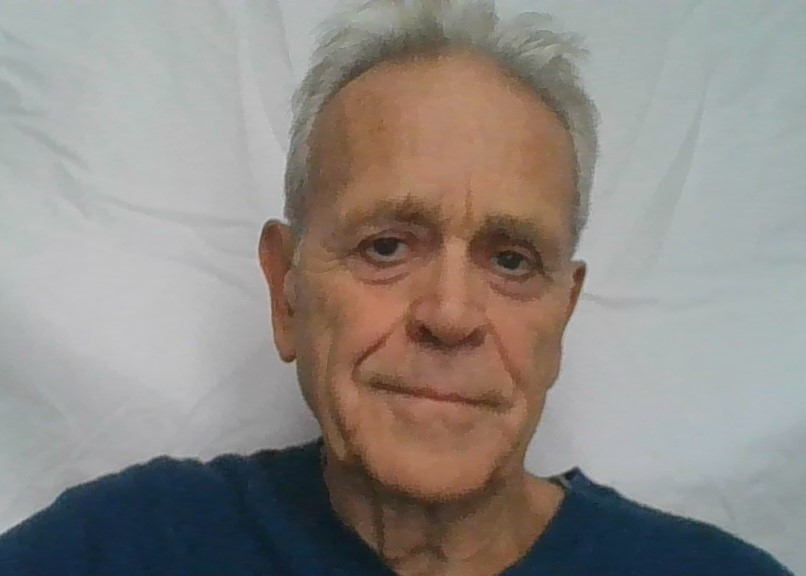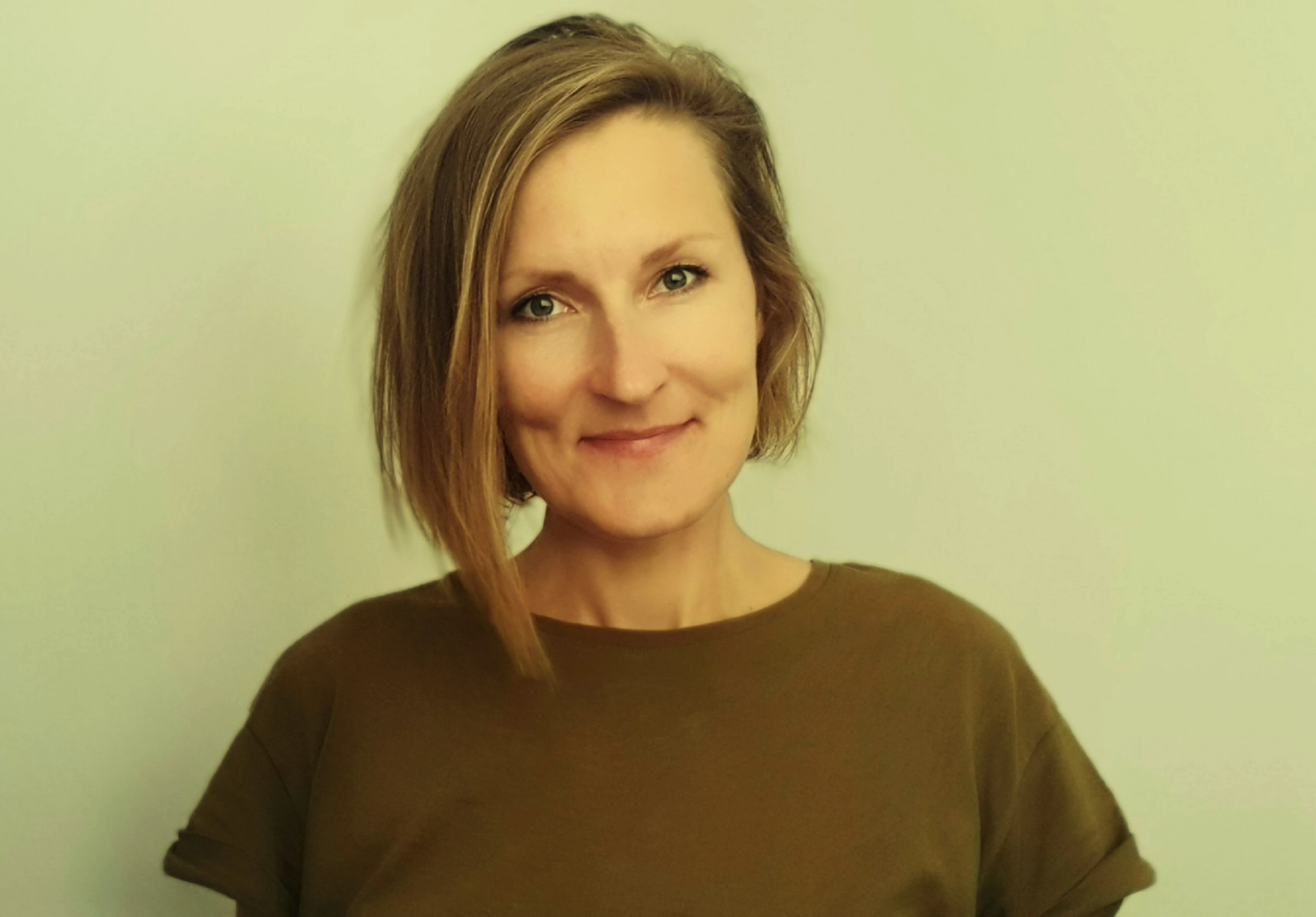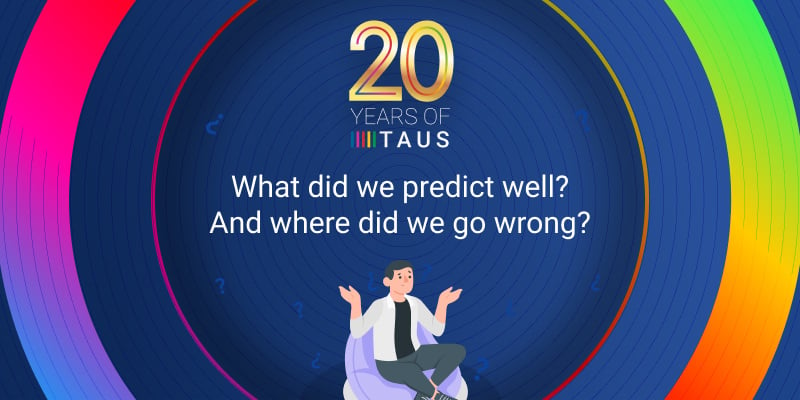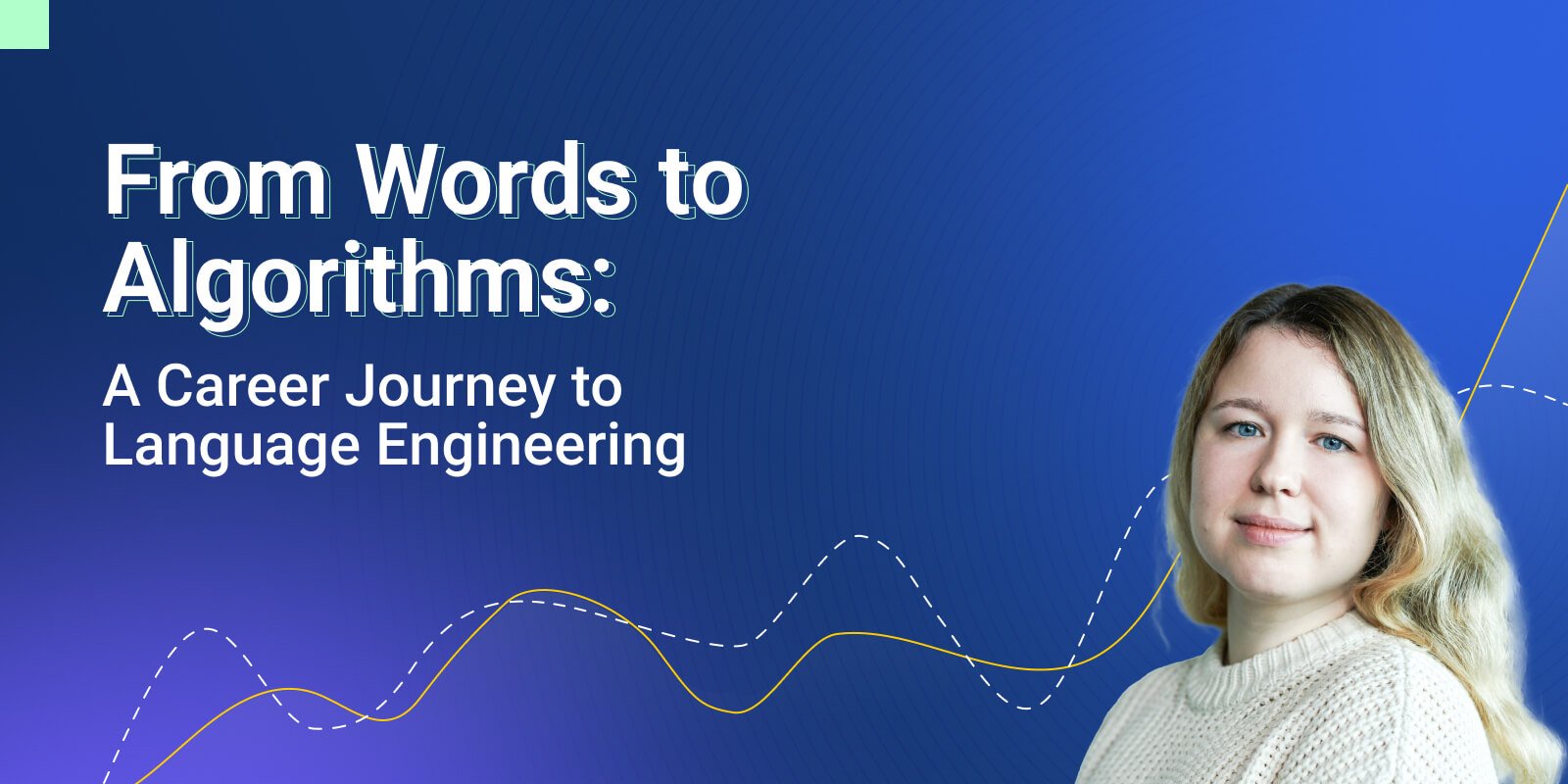Chris Wendt: Going Vocal with Ambient Translation

In this article, we interviewed Chris Wendt from Microsoft on his insights into the future of the translation industry as well as ambient intelligence in the translation space.
Captains of the Translation Industry Talk About the Single Biggest Thing They've Learnt
TAUS spoke with Chris Wendt, Group Program Manager of the Microsoft Translator Team. At the core of the conversation lies this question: ''What is the single biggest lesson that you have leant about the translation industry?''
Chris Wendt: We should not confuse the translation industry as a corporate service sector with the translation technology industry. The progress in what we can call the “consumer translation” tech industry is of much larger relevance than the classic, corporate, outbound targeted, translation business. Content delivery as we have known it is no longer the big deal in this new space. The consumer tech of course is relevant in the corporate space, no doubt, and far beyond content delivery; for instance in employee to employee communication, and in customer feedback and social media analysis.
Machine learning and artificial intelligence are innovating at high speed, and translation is just one of their intelligent applications. Translation is going multidirectional and multisensorial. In a sense, removing language differences as we have experienced them in human conversations for so long are going away.
For us, and I believe for the translation business as a whole, the corporate content delivery business is becoming tiny, compared to the global communication need across, text, audio and images. Question is whether the people who are today tasked with “localization” are taking a leadership role in this. I believe they should - it’ll definitely be interesting.
TAUS: How far is Microsoft contributing to this vision?
Chris Wendt: Fifteen years ago or more, Bill Gates was famous for predicting the arrival of the “natural interface” and human language processing and machine translation were of course part of this. Now with Microsoft’s CEO Satya Nadella, we have entered an escalating period of research in artificial intelligence using machine learning, with the aim of “democratizing AI”.
What this means in practice is that we are connecting all the tools in a shared infrastructure so that there are more development opportunities for everyone. This in turn speeds up the process of innovation, as you can then build new features using the same infrastructure. The future will involve making investments in standardized toolkits for multiple machine learning applications. So far, this technology can only work on a subset of these problems.
The art of the game will be to overcome proprietary technology constraints and build bigger infrastructures to work on multiple problems. As Ray Kurzweil correctly predicted, the speed of innovation accelerates over time, with shorter lifetimes for each technology advance. In our work in translation, we are focused on leveraging machine translation for tomorrow’s digital consumer.
TAUS: What are the key challenges of ambient intelligence in the translation space?
Chris Wendt: Basically this means that our environment – physical, technological, media and sensorial – will automatically enable whatever needs to be or can be communicated to us. The entire history of machine translation efforts since 1954 or so with their famous five-year incremental improvements will simply compact into a smart process in a device or other element in our environment. So you talk into your microphone and your message is picked up by the connected intelligence that can best handle your need in your language.
Unlike the corporate translation vision, which once grew excited about handling multilingual knowledge bases, ambience will be permanently switched on and multidirectional, as for example, in gaming communications or video conferencing or chat. Translation is simply a feature of the network.
The multidimensional nature can be observed in our experience with Skype Translator. It turned out that our speech-to-text method received very strong interest from the deaf and hard of hearing community, which was not a specification in our original use model. In fact also in translation to a different language we saw in usability tests that reading a transcript in my language of what the other person said in their language language, was preferred to receiving the translation as synthesized speech. But in other use cases, speech to speech as audio will be critical, for example when no display is available, or the person has difficulty reading.
We shall see similar developments with such wearable devices as augmented reality applications, earbuds… almost anything you wear or even taste or smell that could be connected. We naturally believe that the cycle of developing algorithms and using data to train systems can only lead to improved results over time.
Machine translation will become more acceptable not because it miraculously becomes perfect, but because it can act as a utility for people with reasonable expectations. I don’t, for example, think that there will be a major shift in attitudes about translation technology. Some will always say that technology will never do as well as humans. But that is not the point. For me, ambient translation via audio and other “techtile” interfaces is the forward path.
Chris Wendt also joined the TAUS Annual Conference 2017 as a speaker in San Jose, USA. For all the reports regarding the conversations carried during the TAUS Annual Conference, you can download Keynotes Fall 2017.

Long-time European language technology journalist, consultant, analyst and adviser.
 by Dace Dzeguze
by Dace Dzeguze


